Clayton Shuts Down
November 25, 2014
An average weekday in Clayton can be distinguished by the hoards of students driving towards CHS, the business people walking to their offices in downtown Clayton and rows of shops and restaurants open and filled with customers.
However, on Tuesday, November 25, Clayton looks like a ghost town.
The majority of restaurants in downtown Clayton are closed. The ones that are open are empty, with the owners desperate for business. One restaurant employee remarks that her restaurant would remain open all night if it meant that they would make a fraction of their normal sales.
What empties a normally prosperous, busy community?
#shutitdown.
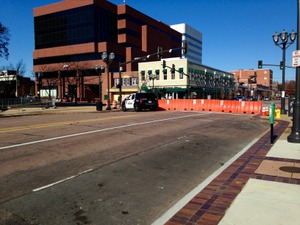
This hashtag has accompanied the many posts and text messages circulating within the people protesting the Grand Jury decision for police officer Darren Wilson, who in August killed an unarmed black teenager in Ferguson, MO.
7 miles away, 12 representative members of the St. Louis community decided Wilson’s fate in a Grand Jury trial, coming to the conclusion that Wilson does not deserve indictment.
The protesters, headed by Hands Up United and publicized on the Ferguson Action webpage, intended to take to the streets the first business day following the decision. According to plan, on Tuesday at 7 a.m. at Shaw Park in Clayton, protesters began gathering and marched, chanting, in downtown Clayton for around two hours.
The demonstration was peaceful, contrasting the violent display of emotion the night before following the announcement of the Grand Jury decision.
Even once the protesters in downtown Clayton had dispersed, the evidence of their presence, and the presence of the unrest in general, remain.
Barricades along Central Avenue and several surrounding streets are responsible for the empty parking lots and sidewalks, which just last night had been filled with news trucks, reporters and demonstrators.
Clayton students and teachers, as well as the members of other area school districts, remained home where the district administrators believe they will be safer.
Windows of buildings in Clayton and across St. Louis are boarded up with wood, with neon signs and handwritten temporary store hours announcements being the only indicators of their activity.
Fences surround the court building. Cones and police tape close off the side streets to traffic. Police cars are parked every few blocks.
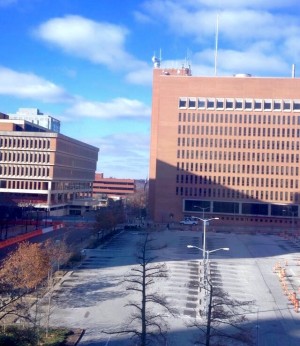
Ferguson businesses lay in smolders, and at least 61 of last night’s demonstrators had to spend time in jail for their actions.
And yet, both the President of the United States and the people most affected by the tragic loss of Michael Brown, Brown’s parents, asked demonstrators to protest peacefully.
Where is the peace?
Ferguson business owners, who have already suffered a loss in sales in the past few months, will now have to deal with the utter destruction of their property caused last night.
Clayton businesses will receive very little, if any, business today and possibly in the days coming if project #shutitdown continues.
Who wins?
Is the destruction of the St. Louis community and economy worth the prideful accomplishments of burning and looting local businesses?
St. Louis will not move past the issue of Michael Brown’s death and come any closer to justice if protestors continue targeting their own community.
The demonstrators often chant, “No justice, no peace.” But where is the justice and the peace in causing the economic downfall of their own neighbors and communities?
To overcome a legitimate, established injustice in the community, that is the issue that must be targeted by protesters, not the livelihood of the city as a whole.


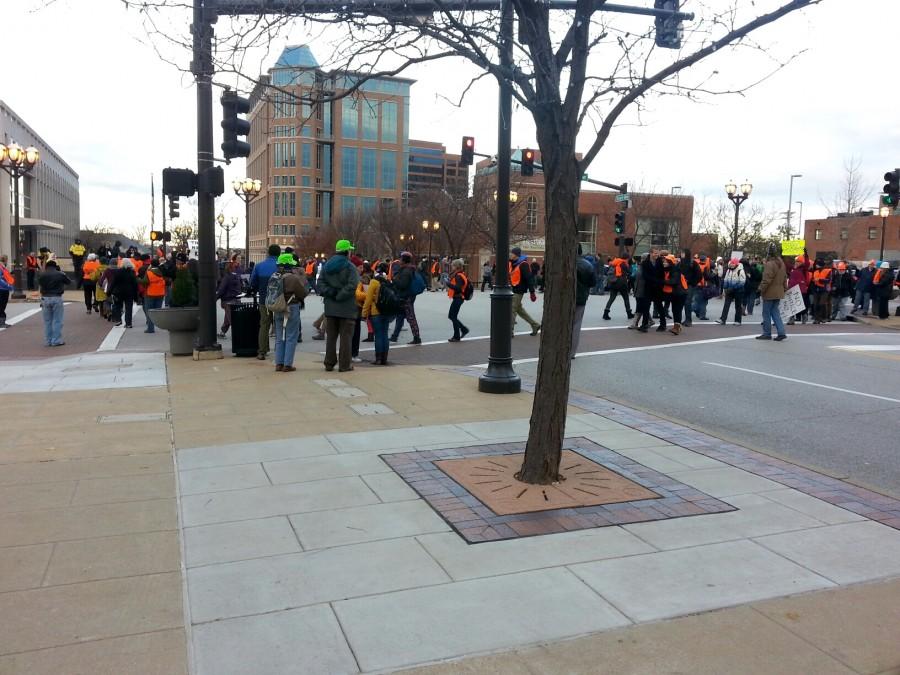

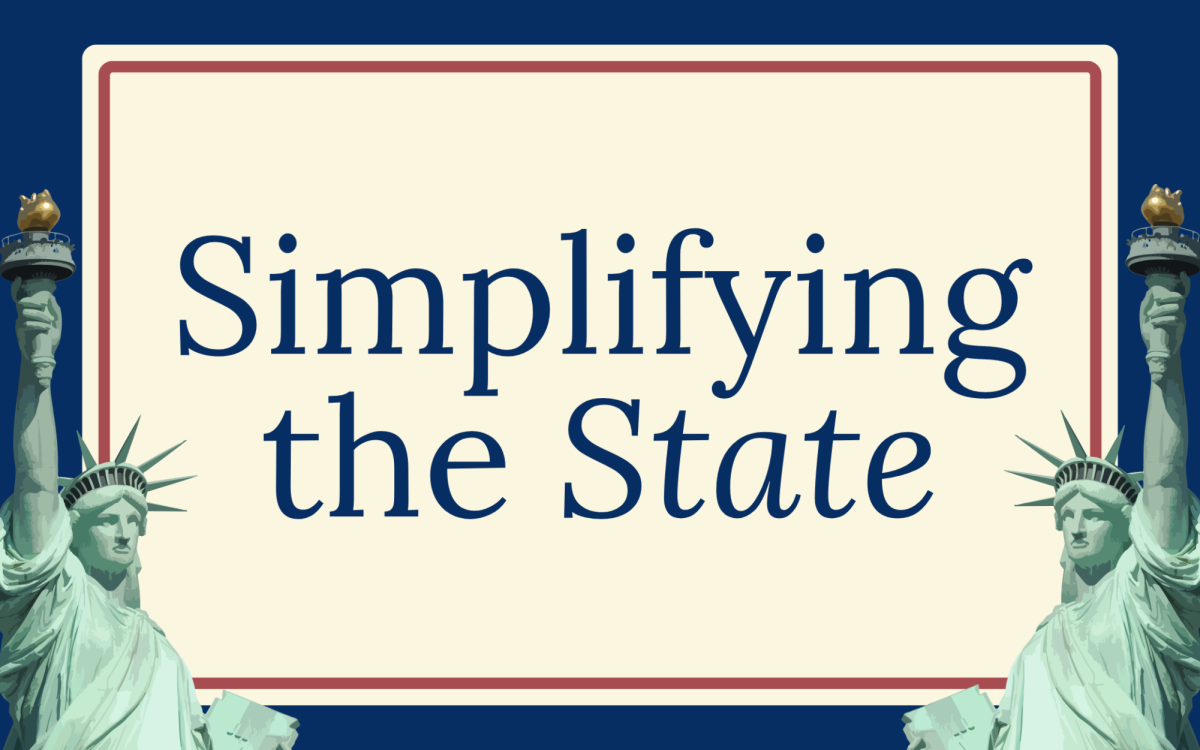
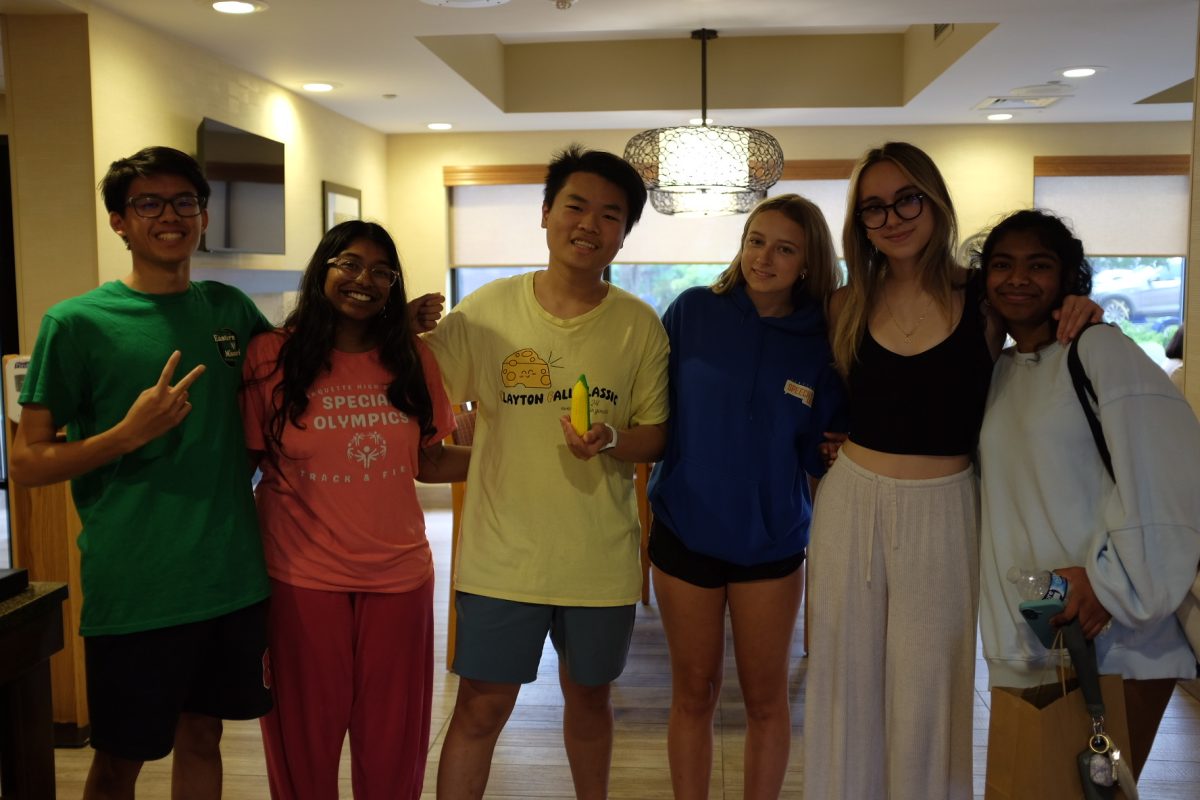
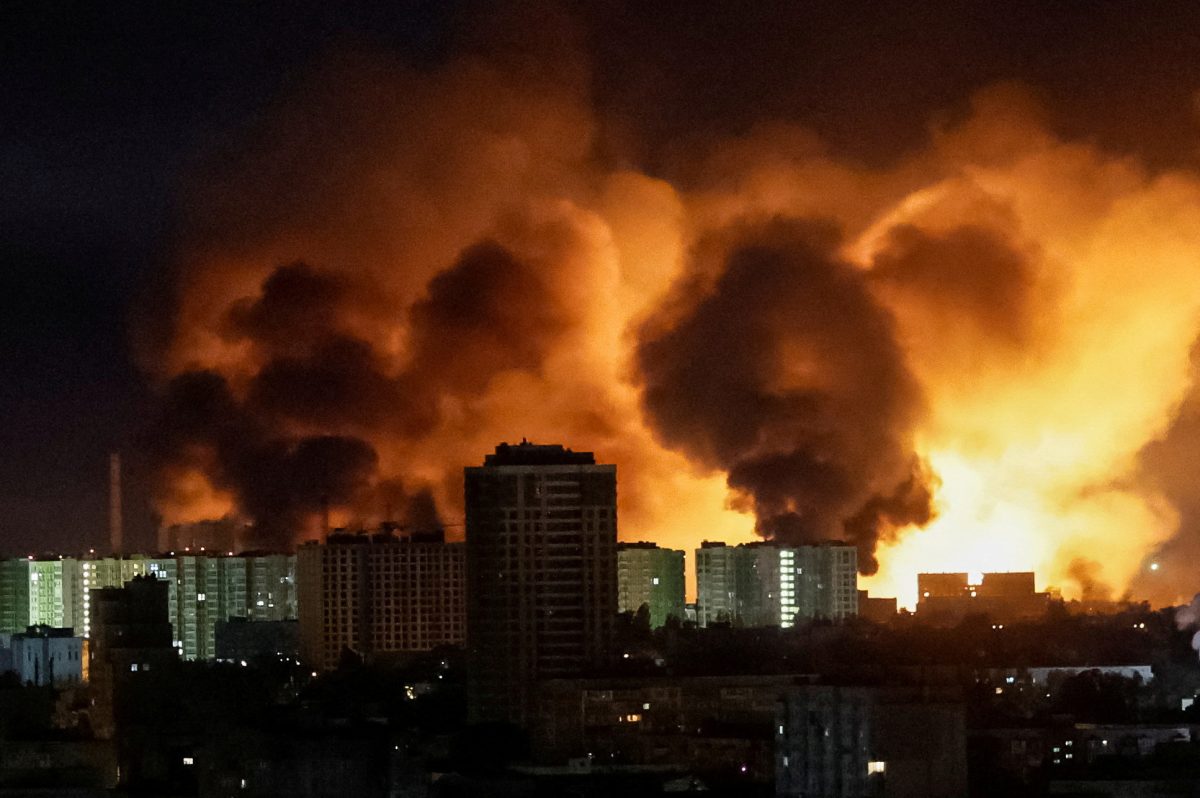
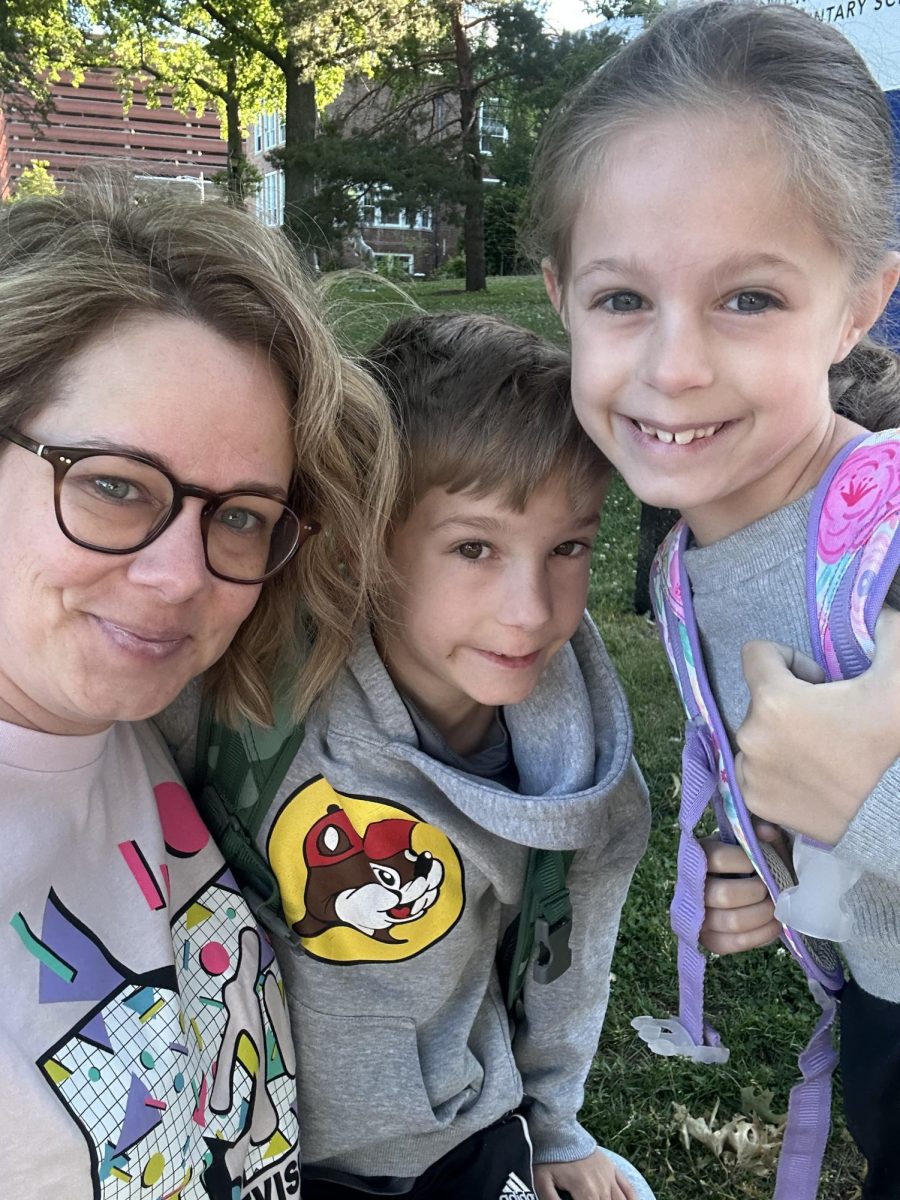
Kara Kratcha • Nov 28, 2014 at 5:54 pm
Hey Alex and Globe staff, CHS grad (class of ’11) and former Globe section editor here. You say that the #shutitdown hashtag and associated actions target the very community that protestors seek to heal. I wonder if people from Ferguson would consider Clayton a part of their community. Most Clayton residents have the privilege of being able to ignore police brutality because it’s not really something that happens in wealthy, majority white Clayton. Shutting down retail activity is a great way to bring attention to that fact and get the attention of people who would not normally have to pay attention to the unjust killing of a high school boy.
I think what protestors mean, at least in part, when they chant “no justice, no peace” is that until the county delivers justice, St. Louis County will have no peace. Protests like these disrupt the illusion (and it is an illusion, and a particularly strong one in Clayton) of peace so that people start to care enough to disrupt the real problem. Asking the protestors to stop causing disruptions only makes it more comfortable for people who have the privilege to ignore injustice to continue ignoring injustice. I’m not about that. I hope that CHS students are keeping themselves informed, spreading the information they have, and being good allies to their neighbors in Ferguson.